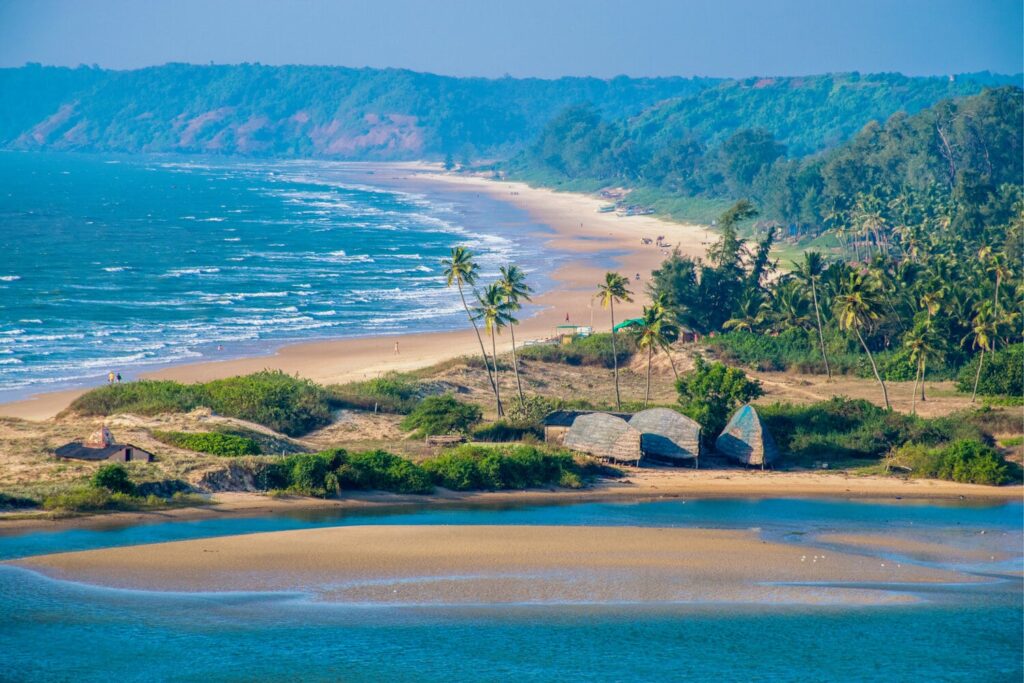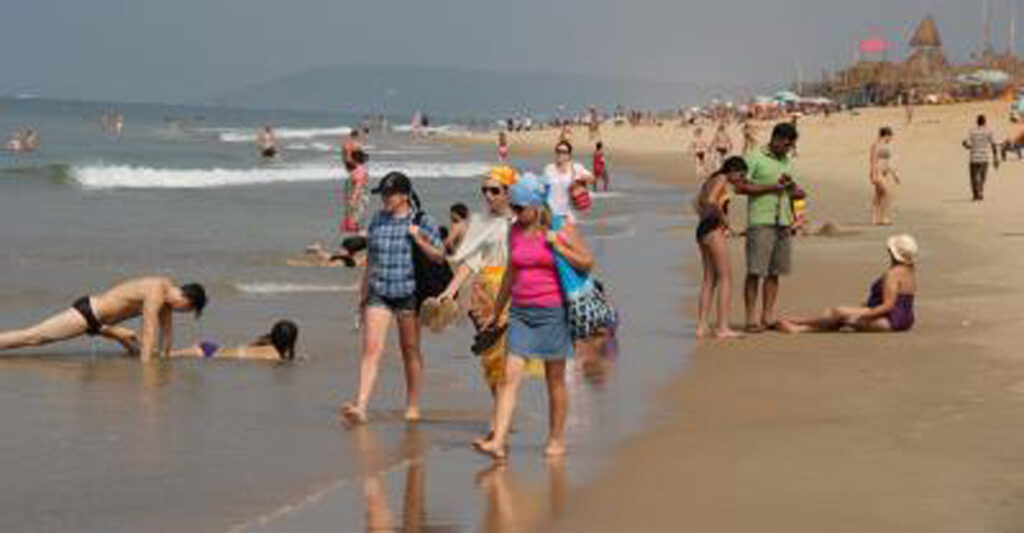
Goa is a little state, the country’s smallest one located in the western part of the country. It has the fourth least population in the entire country. Goa is considered the most visited tourist destinations in the country and the main industry of the state is also its tourism industry. Also, the cultivation of rice brings in a good amount of money.
Goa is located right next to the Arabian Sea with the states of Maharashtra and Karnataka being its immediate neighbors. The coastal regions of the neighboring regions together form the Konkan culture which is a very popular one. This culture is quite unique from that of other ones in the country. But India is known for its diverse nature.
Goa is mostly known for its amazing atmosphere with all its historical churches and cathedrals and the amazing seafood as well. The region has more or less coastal weather which means it is generally hot and humid throughout the year.

The winter months of November, December, January and February are the best time to visit this part of the country. Goa has a number of beaches lining its entire western coast some of which are very popular with tourists while some aren’t that frequently visited. Baga and Calangute are popular ones while Palolem, Candolim and Arambol are some less visited ones.
The Portuguese influence of Goa’s culture is very conspicuous and cannot be ignored. The Portuguese had ruled over the place for almost 450 years in the past and the influence they left on almost every aspect of the region is significant. The Portuguese influence can be seen in its flavor of food and the architecture of its buildings. There are certain towns in Goa even today where you can locate old Portuguese quarters which are quiet and calm in nature.
The state of Goa has two World Heritage Sites. These are churches and convents of Old Goa and the Bom Jesus Basilica. The remnants of St. Francis Xavier are held in the Bom Jesus Basilica. St Francis Xavier is believed to be the patron saint of Goa by the Catholic Christians.
The relics have been taken down for the purpose of worship and for public viewing according to the choice of the Church in Goa. The last exhibition was held in 2004. The statue of bleeding Jesus on the Crucifix can be seen at Santa Monica Convent in the region of Velha Goa.
The Velhas Conquistas areas are known for its style of architecture which is influenced by the Portuguese style of architecture. There are a number of forts in the state such as Chapora, Corjuem, Aguada, Reis Magos, Tiracol, Mormugao, Fort Gaspar Dias and Nanus which are visited quite often.

